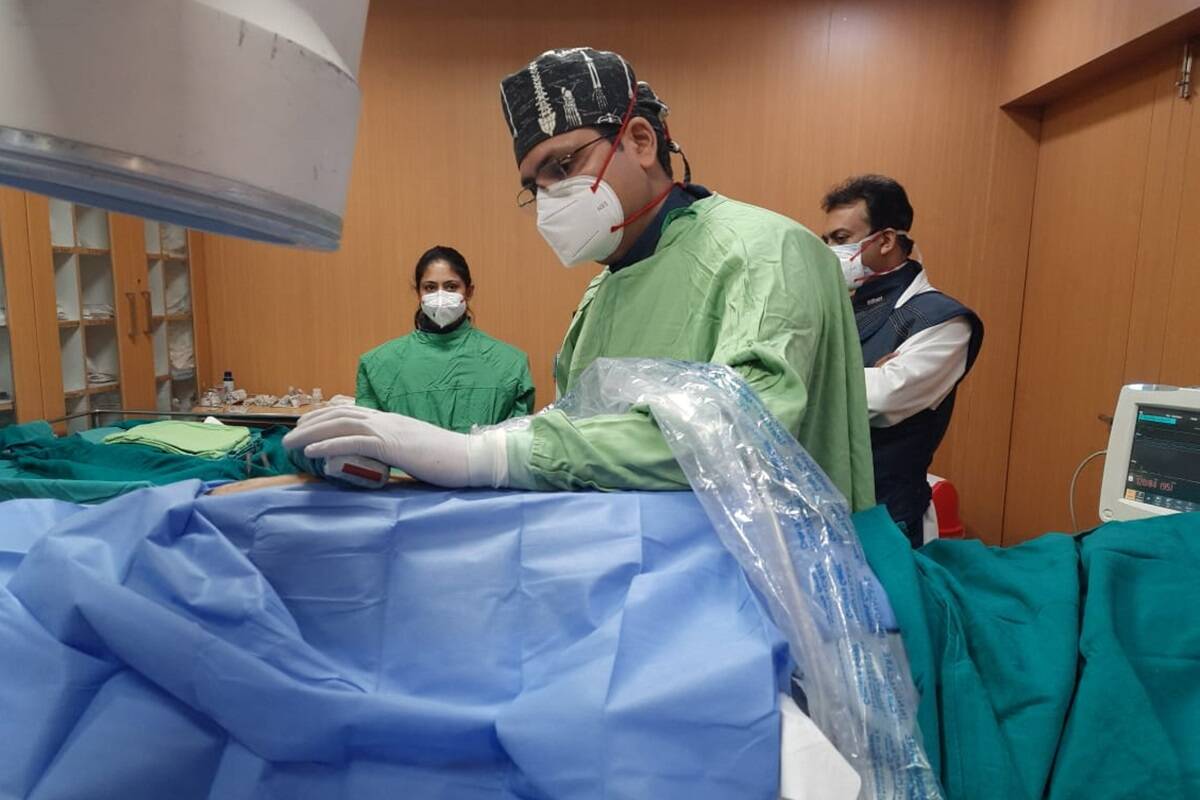CHENNAI: Six districts in Tamil Nadu are still considered high-risk, with 200 to 500 new cases per million reported each week, while the remaining districts are considered medium-risk, with 100 to 200 new cases per million reported each week. According to the state’s health department, none of the districts are classified as low or excessive risk.
High-risk districts are Chengalpet, Coimbatore, Erode, Nagappatinam, Nilgiris and Thanjavur. Coimbatore has been reporting 355 cases per million a week, compared to 365 in Erode, 323 in Nilgiris and 302 in Chengalpet. This is followed by Thanjavur (229) and Nagappatinam (219). Thanjavur also has a weekly test positivity rate of nearly 2%, highest in the state, followed by 1.8% in Coimbatore.
“All districts in the state are now reporting fewer than 500 new cases per million population a week. But the fall rate slowed down and fresh cases have nearly plateaued in many districts. In at least 16 districts, the positivity rate is higher than 1% although the total positivity rate has dropped to 1 from 1.3 in the third week of July.
This is because of clusters from gated communities, religious gatherings, workplaces and inter-district travel,” said health secretary J Radhakrishnan. With more relaxations, more people seem to violate mask and social distancing norms particularly in eateries and places of worship, he said.
During the peak period of the second wave of the pandemic – between April 29 and June 8 – the state reported an average of nearly 28,000 cases and 340 deaths a day. But after reporting more than 36,000 cases on May 21, new cases began to fall. Although nearly 15 districts continue to report marginal increases, the number of districts reporting less than 1-50% increase has gone up. The bed occupancy in Covid-19 wards is less than 10% in almost all districts, keeping all districts in the green.
Nevertheless, public health officials say global evidence from the US and Canada clearly suggest this “lull period” cannot be a cause for complacency. In a recent meeting chaired by CM MK Stalin experts discussed how Canada is reporting 3000 cases a day following weeks of sustained decline in new cases.
All 50 states in the US have high rates of viral transmission – a surge that has occurred after a lull phase of more than three months. Among those infected, hospitalised and dead, most people were unvaccinated. “The current surge of infections in several countries globally is touted to be more severe than previous waves of the pandemic. We must stay vigilant, enforce Covid appropriate behaviour and ensure preparedness of the State’s health system at all levels,” said director of public health Dr TS Selvavinayagam.

